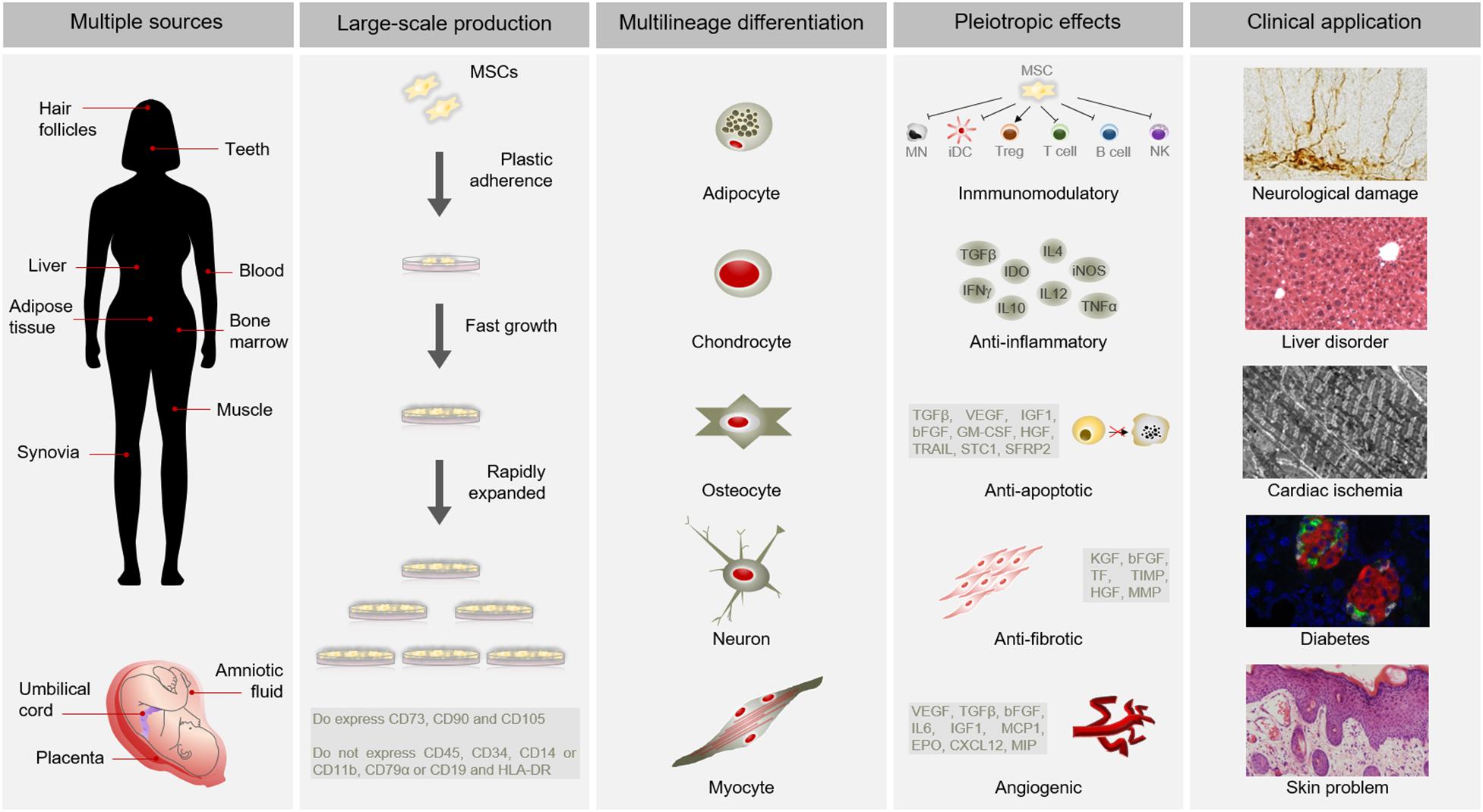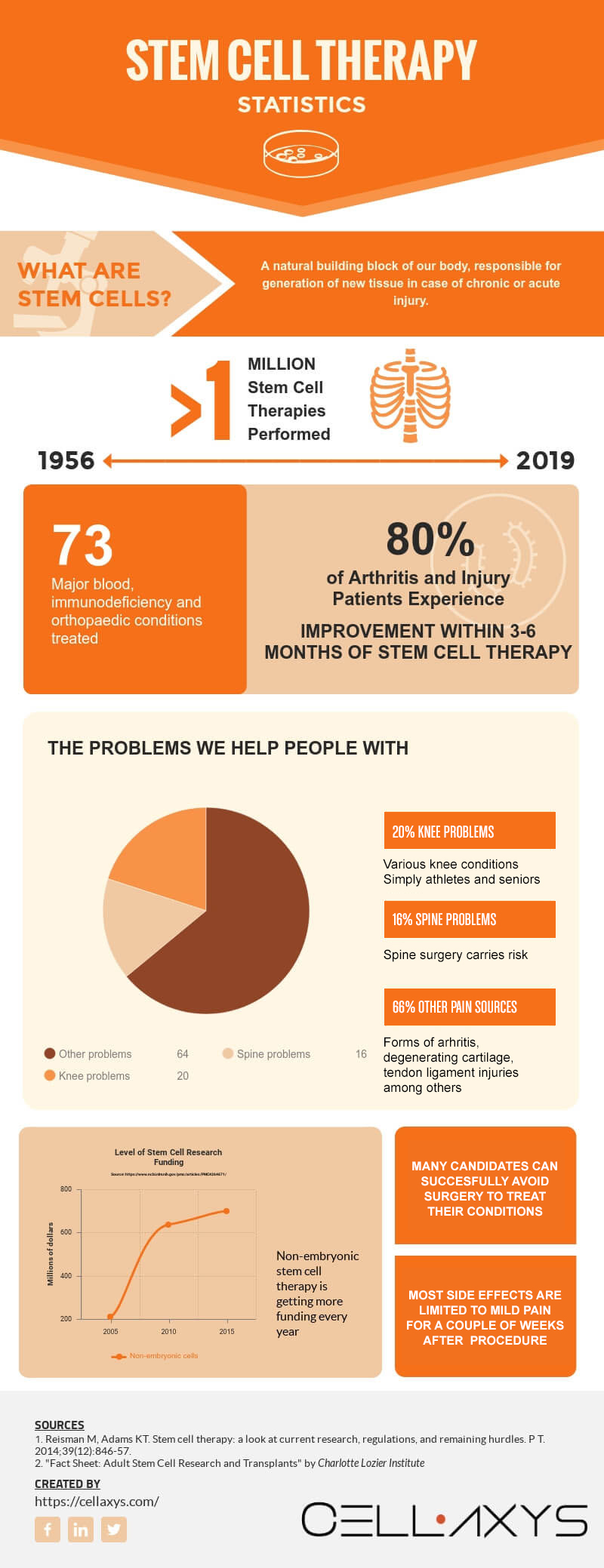
[/image][=video]
[/video]
There are numerous kinds of stem cells. Generally, the term stem cell describes a category of cells that generate other cells (like skin, blood, heart, and muscle mass cells) by reproducing and distinguishing in reaction to chemical hints. Totipotent stem cells show up at the earliest stage of growth and are the only stem cells which can produce beginning stem cells and the placenta.
Bone marrow transplant (BMT) is a special treatment for people with certain cancers or other diseases. A bone marrow transplant entails taking cells that are usually found in the bone marrow (stem cells), filtering those cells, and giving them back either to the donor (patient) or to an additional individual. The goal of BMT is to transfuse healthy and balanced bone marrow cells right into an individual after his or her very own unhealthy bone marrow has actually been dealt with to eliminate the irregular cells.
Bone marrow is the soft, spongy cells located inside bones. It is where the majority of the body's blood cells establish and are kept. The blood cells that make other blood cells are called stem cells. The most primitive of the stem cells is called the pluripotent stem cell. This is different than various other blood cells with respect to the complying with buildings: It has the ability to replicate an additional cell the same to itself.
It is the stem cells that are required in bone marrow transplant. The objective of a bone marrow transplant is to cure several conditions and kinds of cancer. When the doses of radiation treatment or radiation needed to treat a cancer cells are so high that a person's bone marrow stem cells will be permanently harmed or destroyed by the treatment, a bone marrow transplant may be needed.
Hormone Therapy
This process is often called rescue. Change bone marrow with genetically healthy working bone marrow to stop more damages from a genetic condition procedure (such as Hurler's syndrome and adrenoleukodystrophy). The risks and advantages have to be weighed in a complete conversation with your doctor and specialists in bone marrow transplants before the procedure.
There are different sorts of bone marrow transplants relying on who the benefactor is. The various types of BMT consist of the following: The benefactor is the person himself or herself. Stem cells are taken from the patient either by bone marrow harvest or apheresis (a process of gathering outer blood stem cells), frozen, and after that offered back to the client after extensive therapy.
The contributor shares the exact same genetic type as the individual. Stem cells are taken either by bone marrow harvest or apheresis from a genetically matched contributor, typically a sibling or sibling. Other donors for allogeneic bone marrow transplants may consist of the following: A haploid-identical suit is when the contributor is a parent and the genetic suit goes to the very least half similar to the recipient.

Matching includes inputting human leukocyte antigen (HLA) tissue. The antigens externally of these special leukocyte establish the genetic make-up of a person's body immune system. There go to the very least 100 HLA antigens; nonetheless, it is believed that there are a few major antigens that identify whether a donor and recipient suit.
Medical study is still checking out the role all antigens play in the process of a bone marrow transplant. The even more antigens that match, the far better the engraftment of contributed marrow. Engraftment of the stem cells happens when the donated cells make their means to the marrow and begin making new blood cells.
Medical Group
All people work with each other to offer the finest possibility for an effective transplant. The team contains the following: Medical care carriers that concentrate on oncology, hematology, immunology, and bone marrow transplantation. A nurse who organizes all elements of care provided prior to and after the transplant. The nurse coordinator will give client education, and collaborates the diagnostic testing and follow-up treatment.
Specialists who will help you fulfill your nutritional demands before and after the transplant. Numerous other group participants will certainly assess you before transplant and will provide follow-up treatment as required.

A full case history and physical test are performed, including numerous tests to assess the patient's blood and body organ features (for example, heart, kidney, liver, and lungs). A patient will certainly often come right into the transplant center approximately 10 days before transplant for hydration, evaluation, positioning of the main venous line, and other prep work.
For an allogeneic transplant, an appropriate (tissue entered and matched) benefactor should be available. Volunteer marrow donors are registered in numerous national and global computer registries.
Benefactor resources readily available consist of: self, brother or sister, moms and dad or loved one, nonrelated individual, or umbilical cord from a relevant or nonrelated individual. There are national and international registries for nonrelated individuals and cord blood.
Medical Group in Midland
Tests connected to his/her wellness, direct exposure to viruses, and hereditary evaluation will certainly be done to determine the degree of the match. The donor will be offered guidelines on exactly how a bone marrow donation will be made. Once a match for a client needing a bone marrow transplant is found, after that stem cells will certainly be gathered either by a bone marrow harvest.
Or by an outer blood stem cell collection. This is where stem cells are gathered from the circulating cells in the blood.
Navigation
Latest Posts
Perimenopause Treatment servicing Midland
Regenerative Therapy around Midland
Perimenopause Treatment local to Midland, Michigan